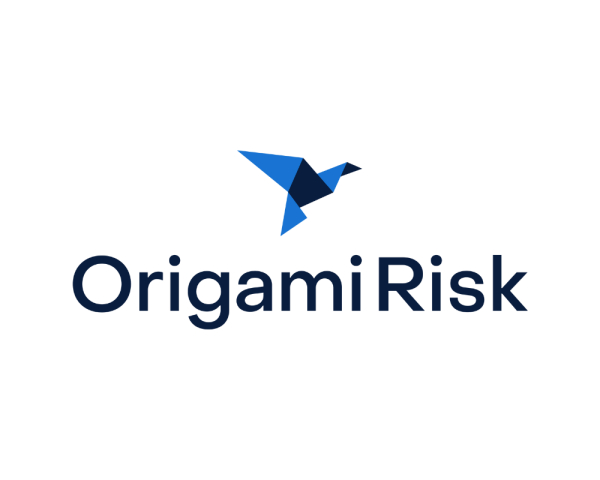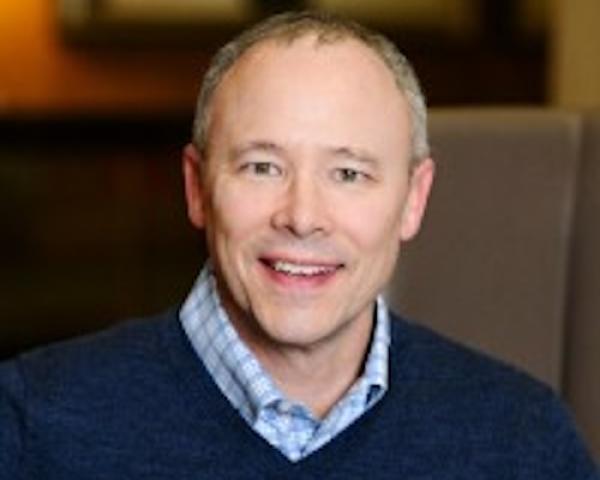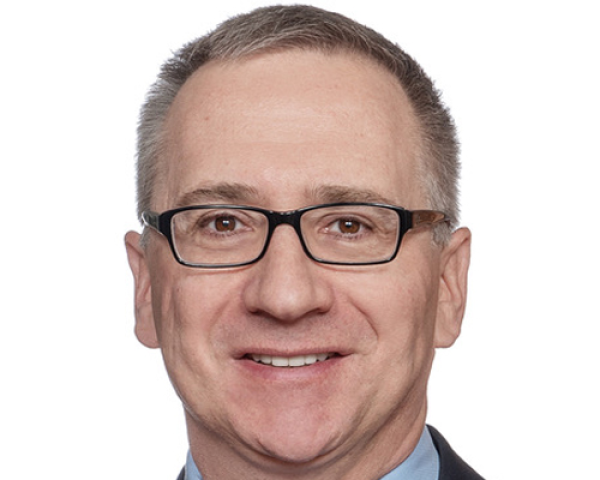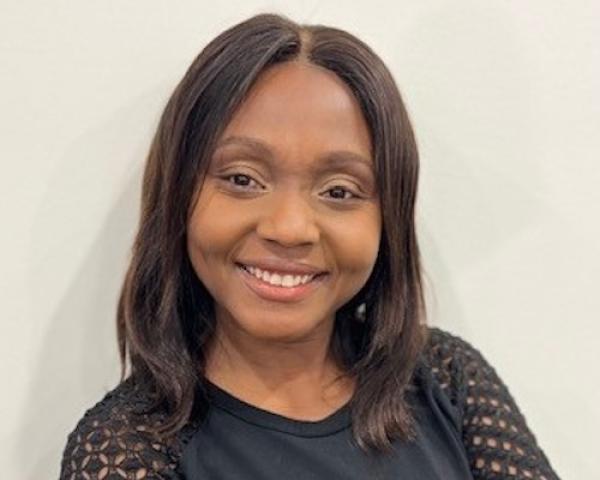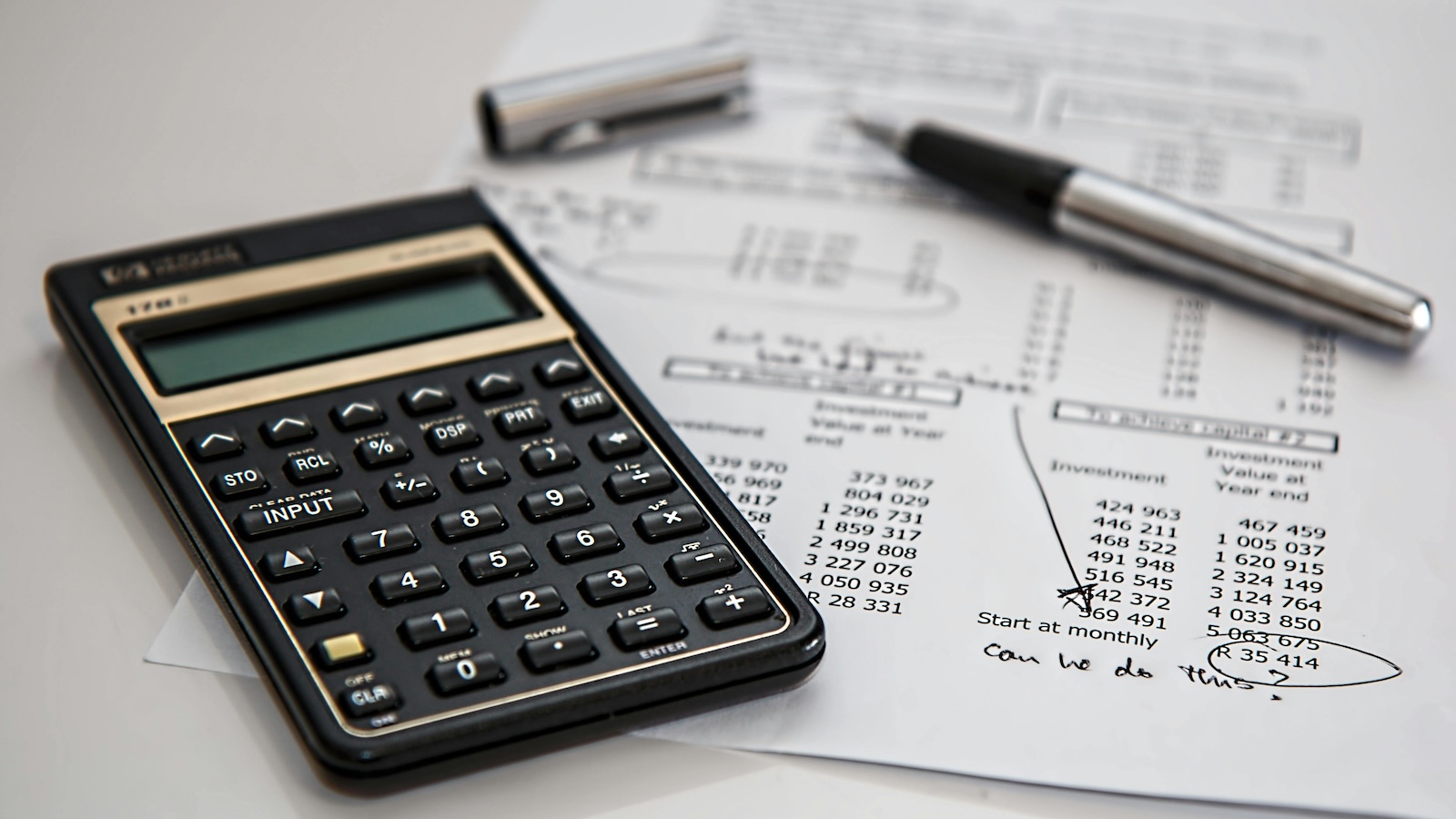Generative AI (GenAI) promised insurers quick wins, yet most pilot programs stall out before they can deliver real business value. In fact, a recent MIT study found that nearly 95% of generative AI initiatives never move past the initial pilot stage. Datos Insights, an insurance research firm, concurred.
This isn't just a missed opportunity, though. It's a red flag. With AI moving faster than any technology that insurers have adopted before, failing isn't an option. Companies that can successfully adopt AI are those that learn to fail fast, iterate quickly, and focus on practical applications.
Four Common Pitfalls Holding AI Back
If AI is so powerful, why are nearly all pilots failing? For insurers, it often comes down to making the same missteps over and over again. These aren't technical failures as much as strategic ones. Below are the four most common mistakes insurers make when rolling out AI — and how to avoid repeating them.
Mistake 1: Confusing Building for Innovation
Many insurers believe success requires building AI capabilities in-house. Yet MIT's research shows vendor-built solutions succeed twice as often as internal builds.
That doesn't mean "buy and forget." Startups carry vendor risk, and custom development is rarely worth the cost or maintenance. The smarter path is to work with enterprise platforms that insurers already use. Providers like Microsoft, Salesforce, and Amazon continue to expand their AI services, offering reliable, secure, and scalable options without requiring teams to reinvent the wheel.
Mistake 2: Chasing the Shiny Object Instead of the Sure Bet
Too often, AI budgets flow into customer-facing applications such as chatbots, lead-scoring tools, or digital assistants. These may look impressive in a board deck but are difficult to validate and introduce risks insurers aren't prepared to manage.
The fastest return on investment (ROI) is usually in the back office. Automating document ingestion, workflow routing, and data extraction saves thousands of hours and frees staff to focus on higher-value work. These high-volume, repetitive processes are exactly where AI performs best, yet they're often ignored in favor of harder-to-execute, more glamorous projects.
Mistake 3: Expecting Perfection Out of the Gate
We often judge AI by unrealistic standards. We'll allow a junior underwriter a learning curve, but if AI makes mistakes on day 1, it's branded a failure. Like a new employee, AI improves with use, with accuracy and efficiency increasing over time.
Workforce anxiety compounds this challenge. If employees fear AI could replace them, they're quick to dismiss its early missteps. Leaders need to reframe the narrative: AI isn't about replacing jobs but about removing repetitive tasks so people can focus on higher-value decisions. Success depends on setting reasonable expectations and building trust in the process.
Mistake 4: Overthinking Instead of Taking Action
Lengthy RFPs, demos, and vendor evaluations can consume months or even years, creating the illusion of progress while manual processes remain unchanged.
Ironically, many insurers already own the AI tools they need through enterprise licenses. Capabilities like Azure Document Intelligence, Power Automate, and Copilot services can automate document intake, claims routing, and workflow support right now. The fastest path to value is often activating existing capabilities rather than prolonging procurement cycles.
Taken together, these missteps explain why so many pilots stall out — but they also highlight the path forward. The insurers that are breaking through have a very different playbook.
What Successful AI Programs Do Differently
Not every insurer is struggling. A small percentage — 5%, in fact — are moving beyond pilots and seeing measurable results. Here are some common traits they share:
- They narrow the focus. Instead of chasing enterprise-wide transformation, successful organizations zero in on a single pain point. Solving one operational problem creates quick wins, builds credibility, and sets the stage for expansion.
- They start with the obvious, not the flashy. Rather than automating complex underwriting decisions, they tackle the "boring stuff" first, such as email routing or workflow handoffs. These repetitive tasks are high volume and easy to supervise. And while they deliver clear ROI, they also provide a non-threatening way to introduce AI to the organization.
- They execute quickly. Long planning cycles kill momentum. Successful programs prioritize speed by testing, validating, and deploying in weeks. Short feedback loops enable them to refine models in real-time and maintain value flow.
- They partner with proven providers. Rather than betting on untested startups or building everything internally, they lean on the AI services offered by large, established cloud vendors. This reduces risk, simplifies integration, and ensures security and compliance standards are met.
- They set realistic expectations. AI doesn't need to be flawless to be transformative. If it outperforms the manual process, then it's a win. Successful insurers measure against that baseline, not against perfection.
The bottom line: These organizations succeed because they've redefined what success looks like. They don't expect AI to reinvent the business overnight. Instead, they use it to quietly, steadily strip out inefficiency, building both measurable ROI and organizational trust in the process.
Creating a Way Forward
Insurance leaders have a choice: keep overengineering and overpromising, or simplify, act, and deliver. The technology is ready, the platforms exist, and the use cases are obvious.
What's missing is the discipline to execute with focus and speed. Insurers that figure this out in 2025 will gain compounding advantages in efficiency, cost savings, and customer satisfaction. Those that don't will still be explaining to boards why their AI initiatives haven't moved the business metrics that matter.
Don't be part of the 95%. Join the 5% who are making the right choices.


















